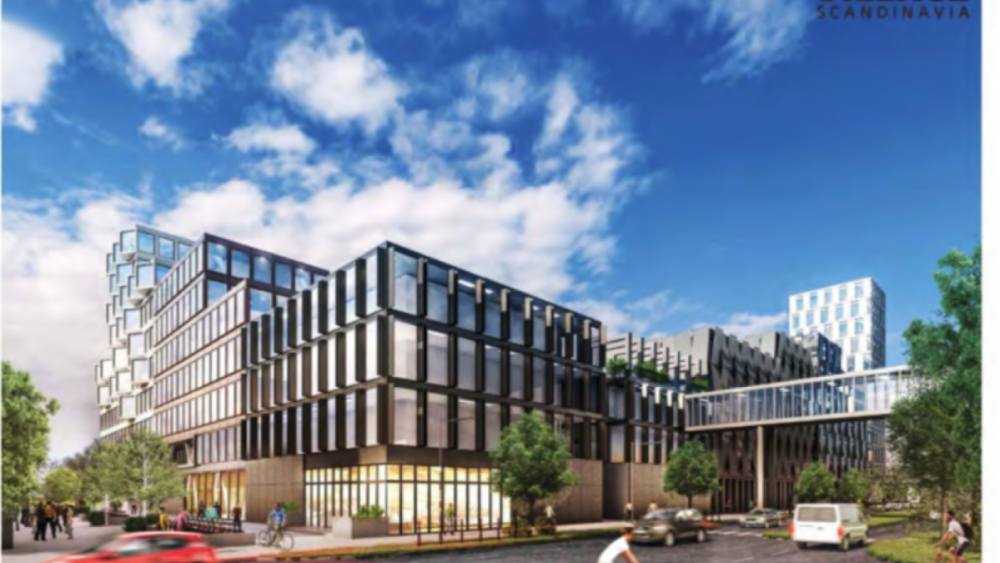This blog post was originally published on the Science Village-office blog. This blog post was originally published on the Science Village-office blog.
On Tuesday 21 September, the Science Village office invited Per-Erik Eriksson, Professor of industrial and sustainable construction at Luleå University of Technology, to give a lecture on procurement strategies for NanoLund and others with needs and interest in learning more about this subject.
Competition and collaboration should preferably be combined in order to achieve efficiency and lead to innovation, says Professor Per-Erik Eriksson for a successful procurement strategy in complex projects. The model fits into the form of cooperation that in various contexts is called “coopetition” because it combines cooperation and competition.
Procurement is a central and critical process in the university’s establishment in Science Village. Nanolab Science Village is the first to, with the support of LU Byggnad, procure a landlord for the new lab. This has resulted in extensive and valuable preparatory work that has also raised a number of new questions.
The lecture gave us listeners a good insight into how we as customers should think when we design the basis for the procurement. It is important that all issues are considered from a customer perspective but with insight into the competence and expertise of potential suppliers. In larger, complex construction projects, such analyzes often result in partnering and agreements arise. This means that suppliers and customers collaborate with both depth and breadth, which increases the probability that the end result will be sustainable in the long term.
Questions and discussions at the end of Per-Erik’s lecture also gave us insight into the fact that we need to learn more about how procurement of landlords is done at Lund University, which we hope to be able to offer more information on in the future. The question as to how external financing can be involved in the process in the best way also arose during the lecture.

